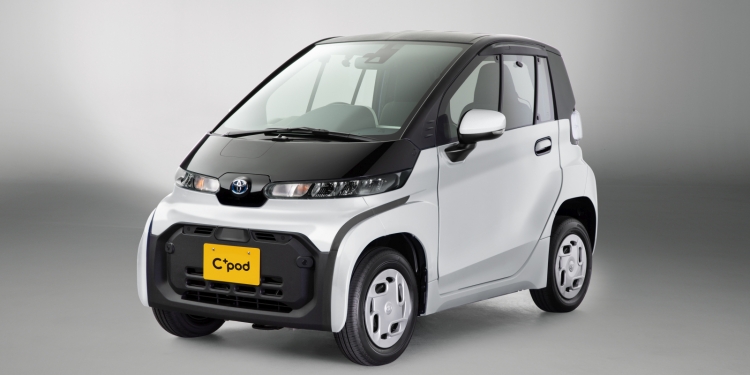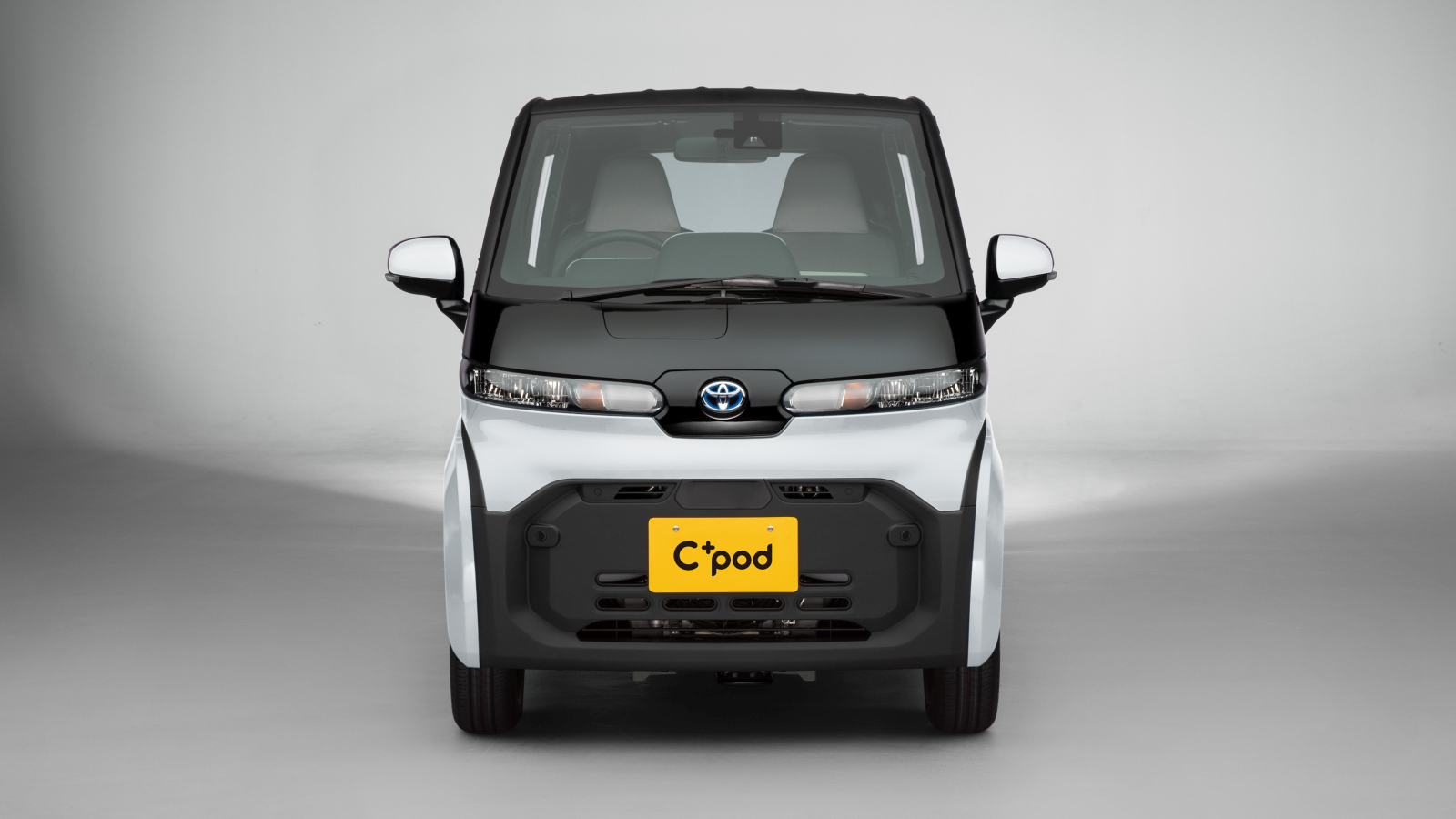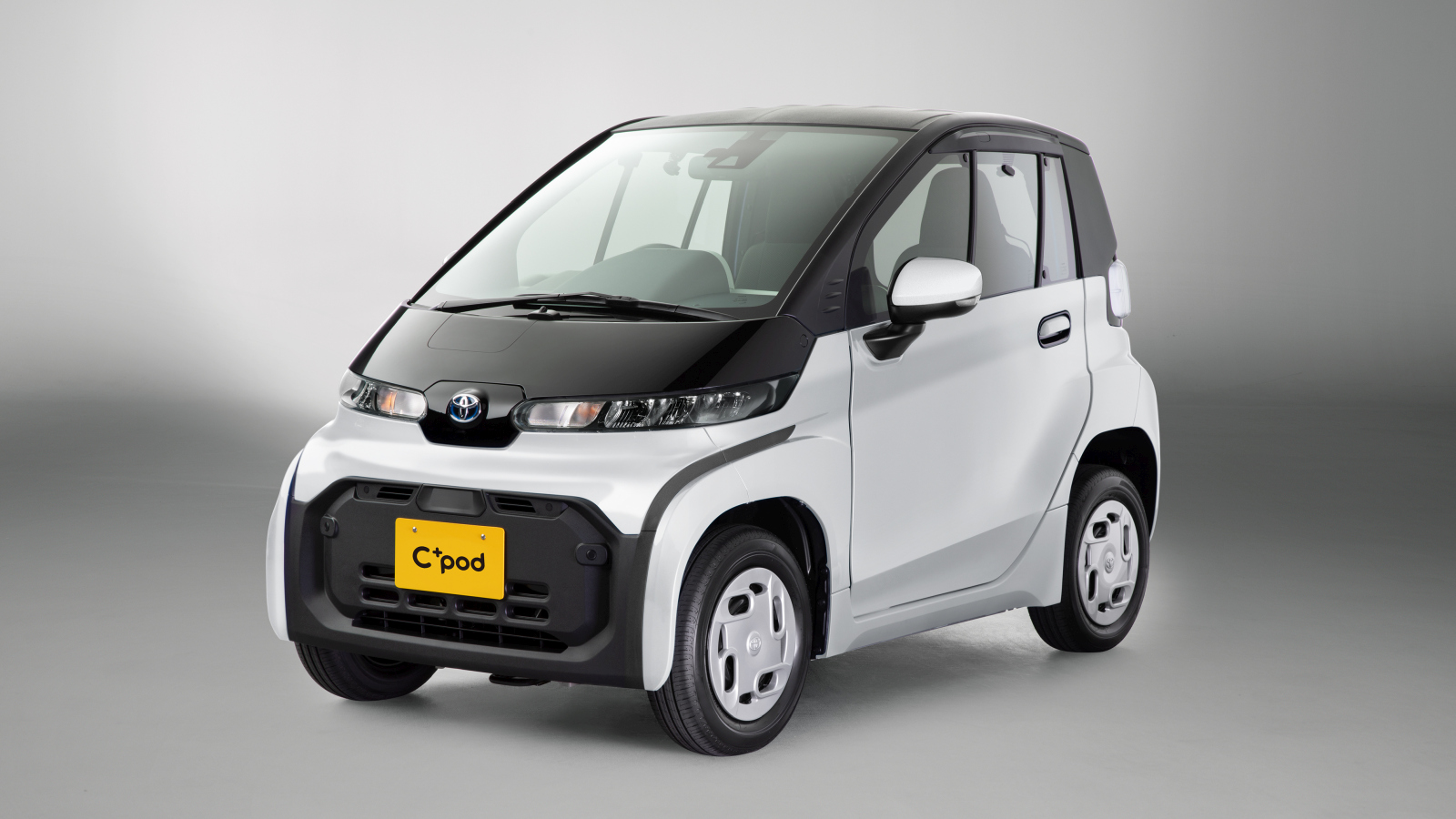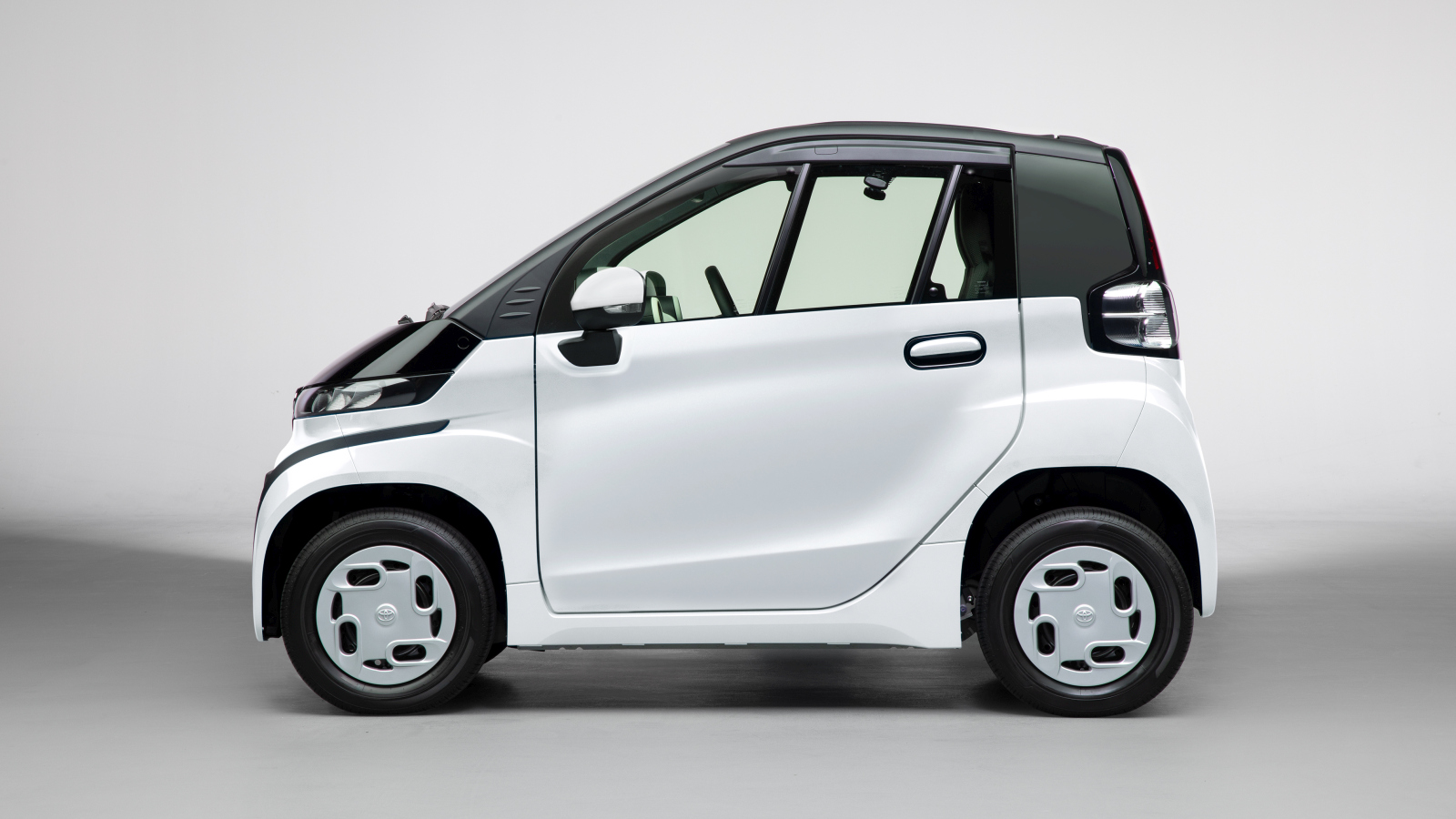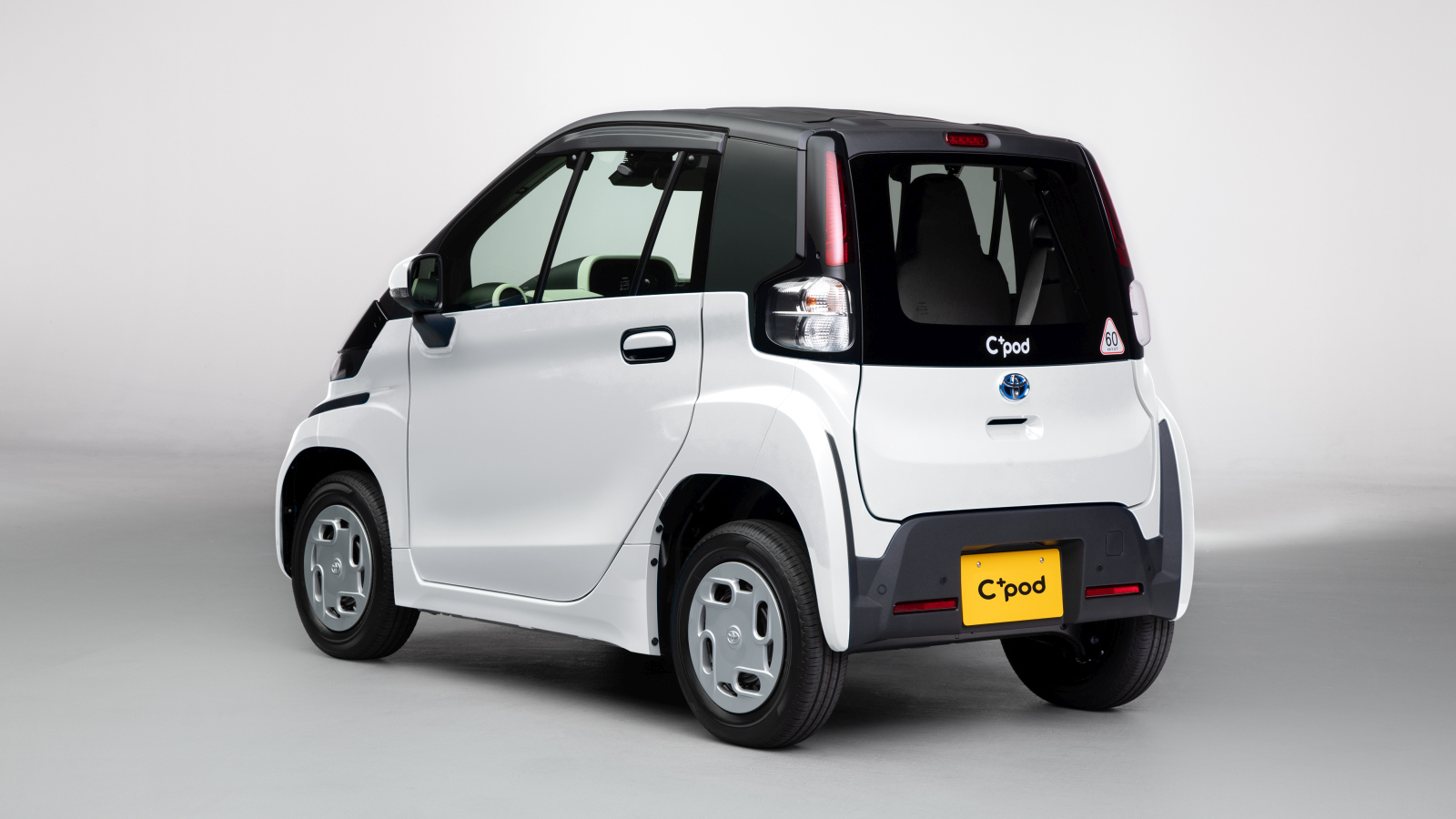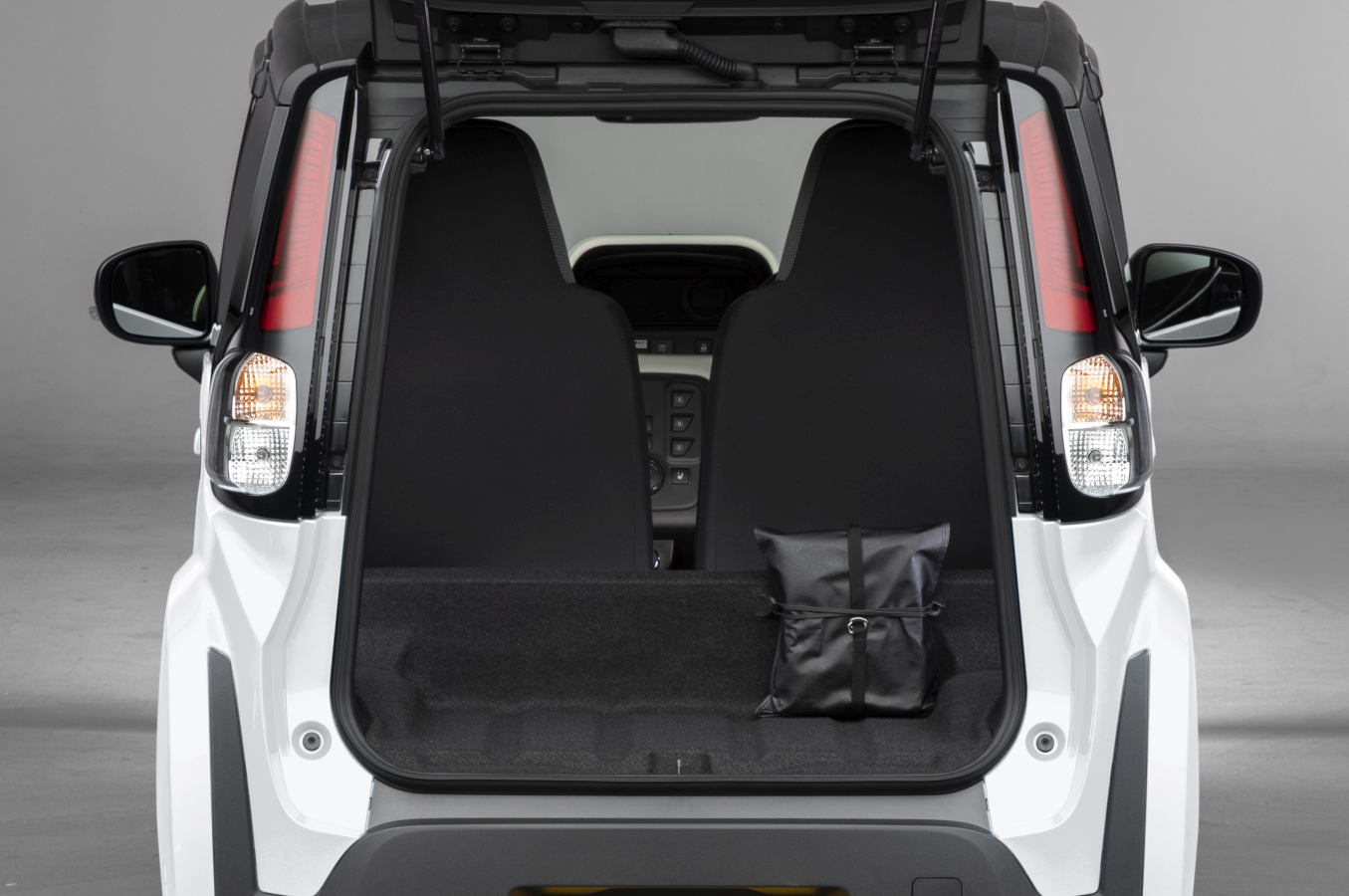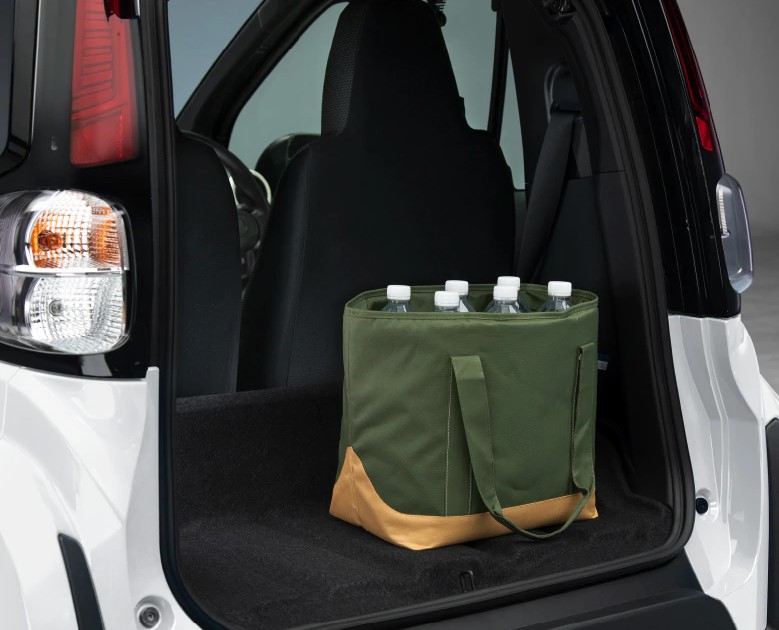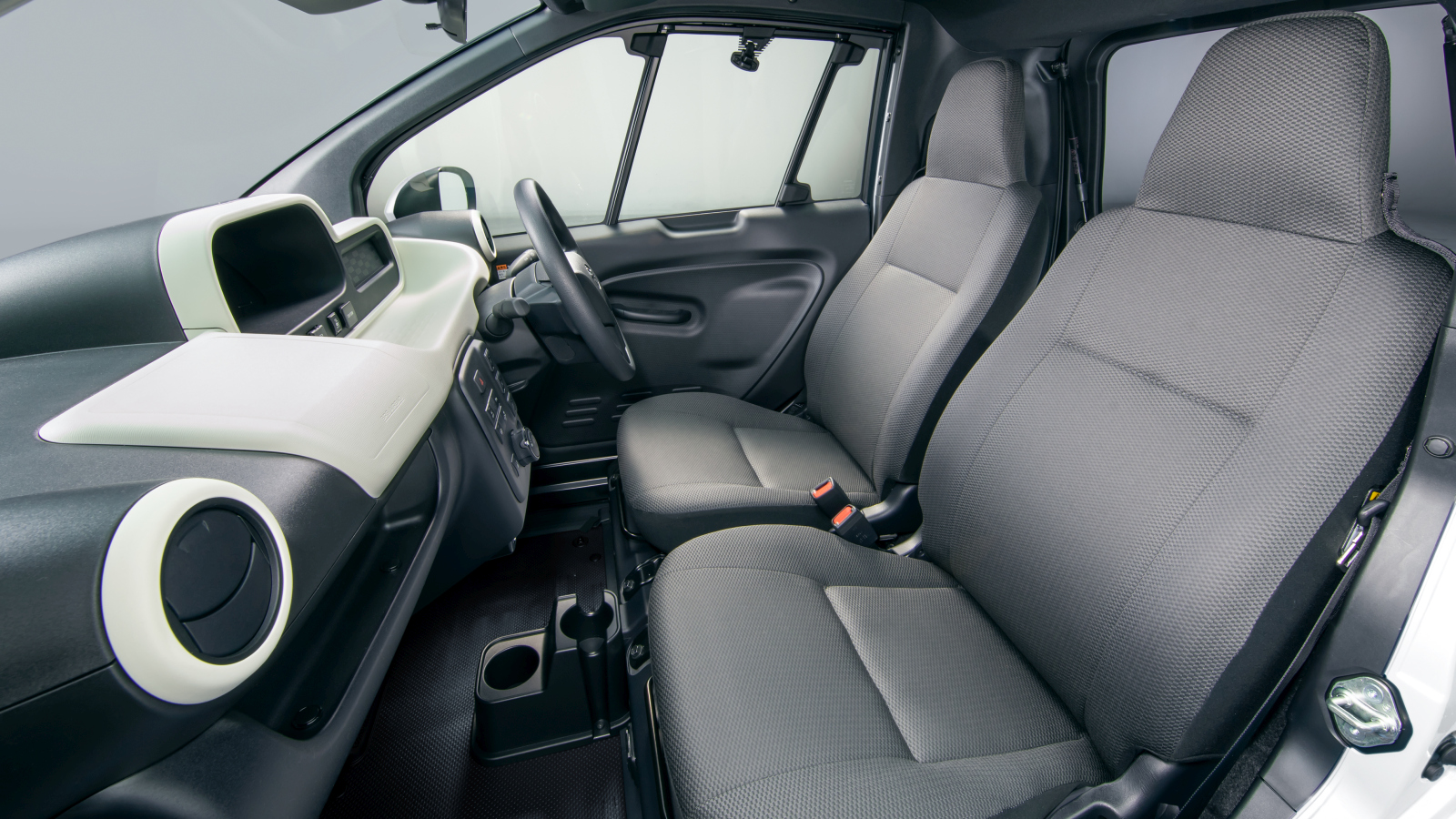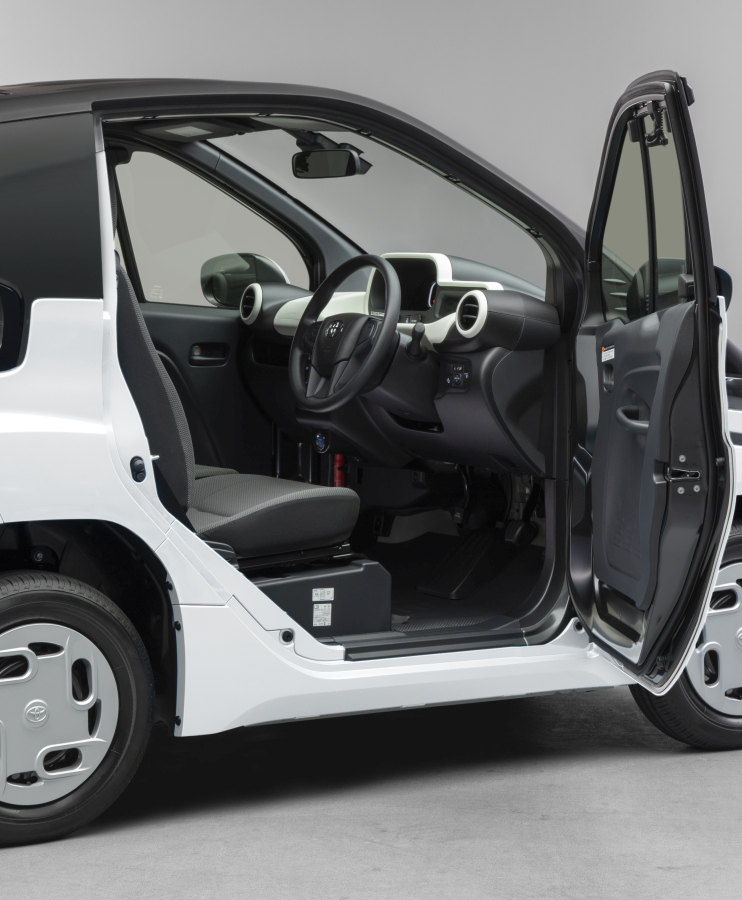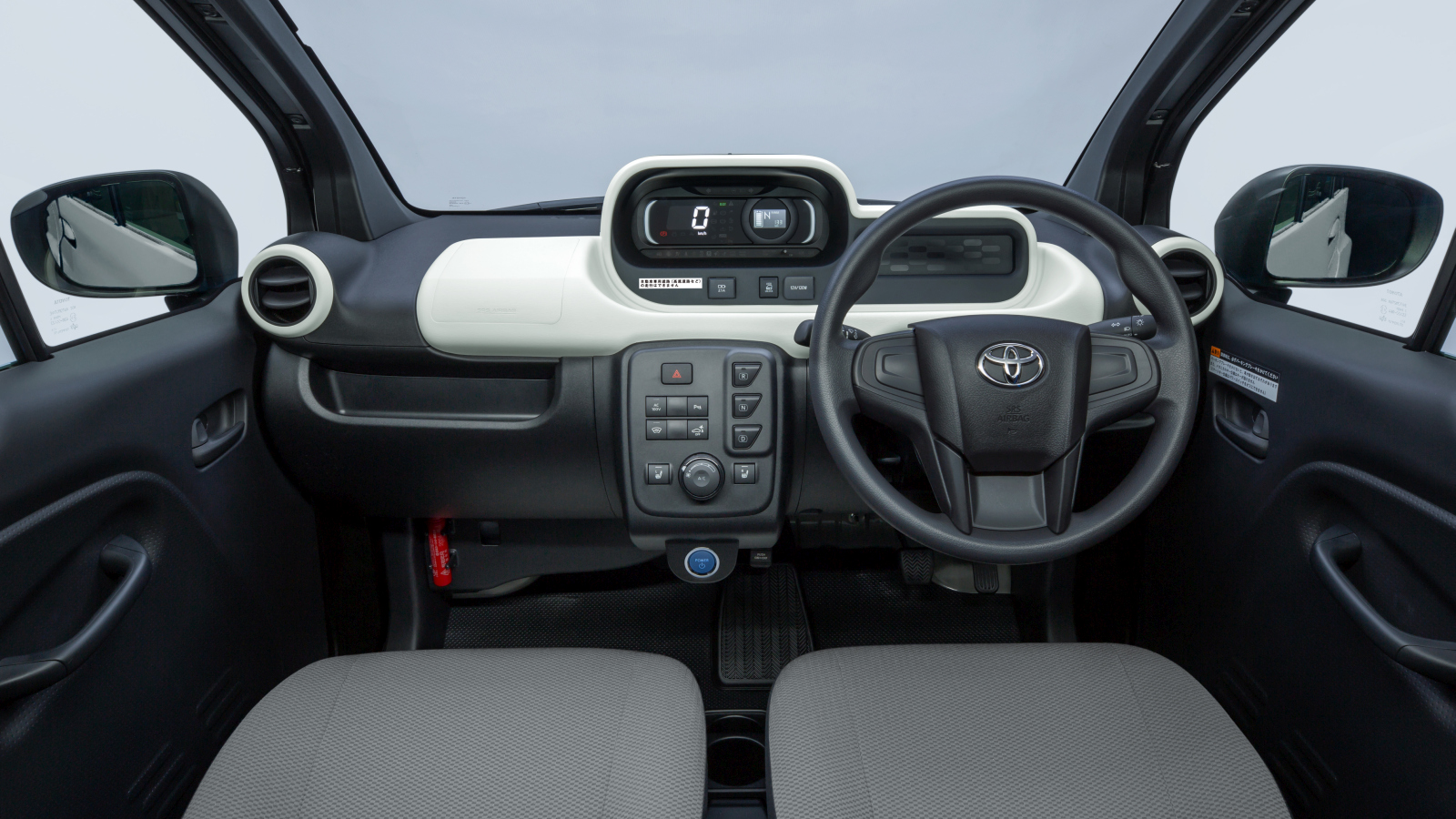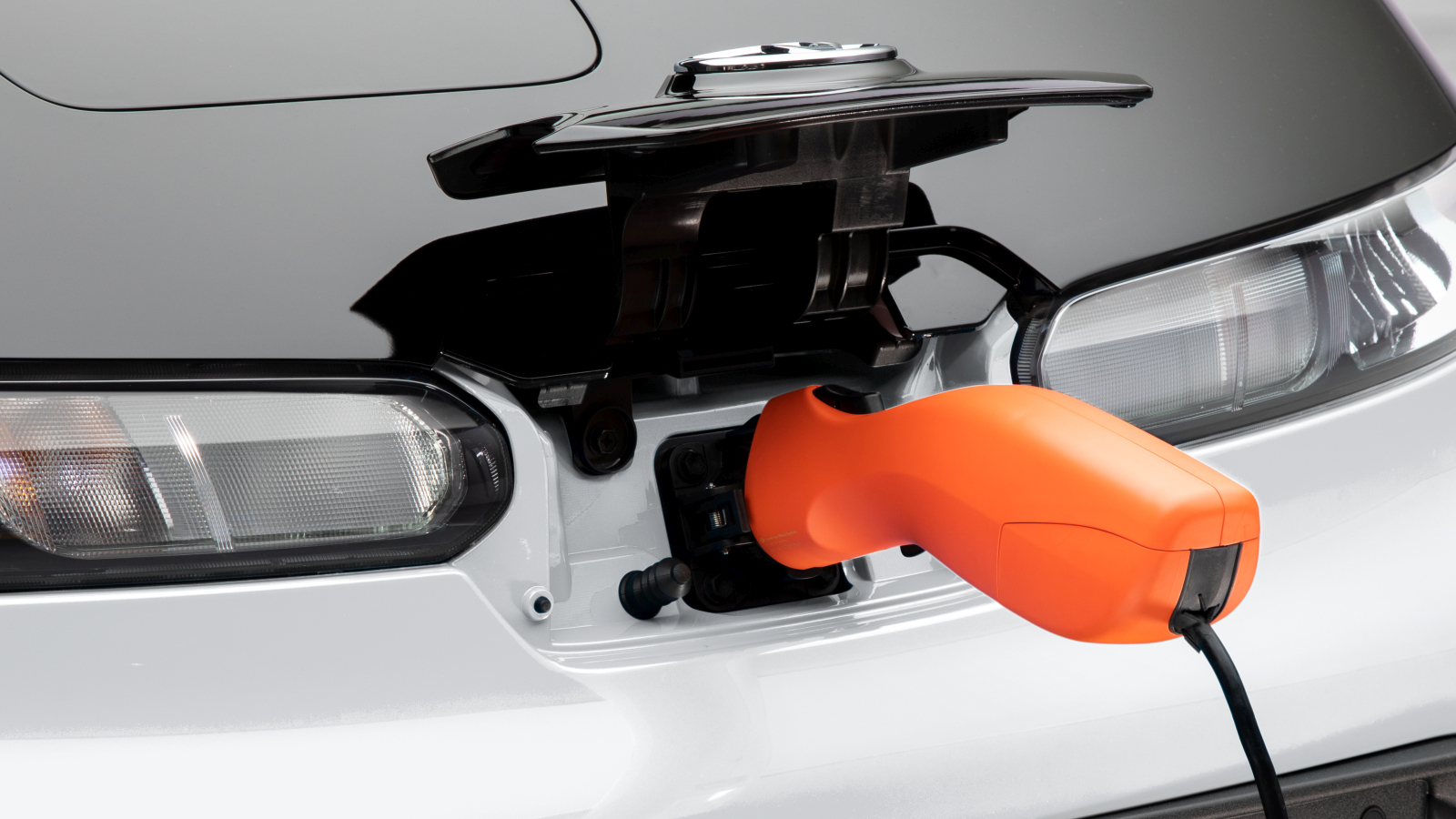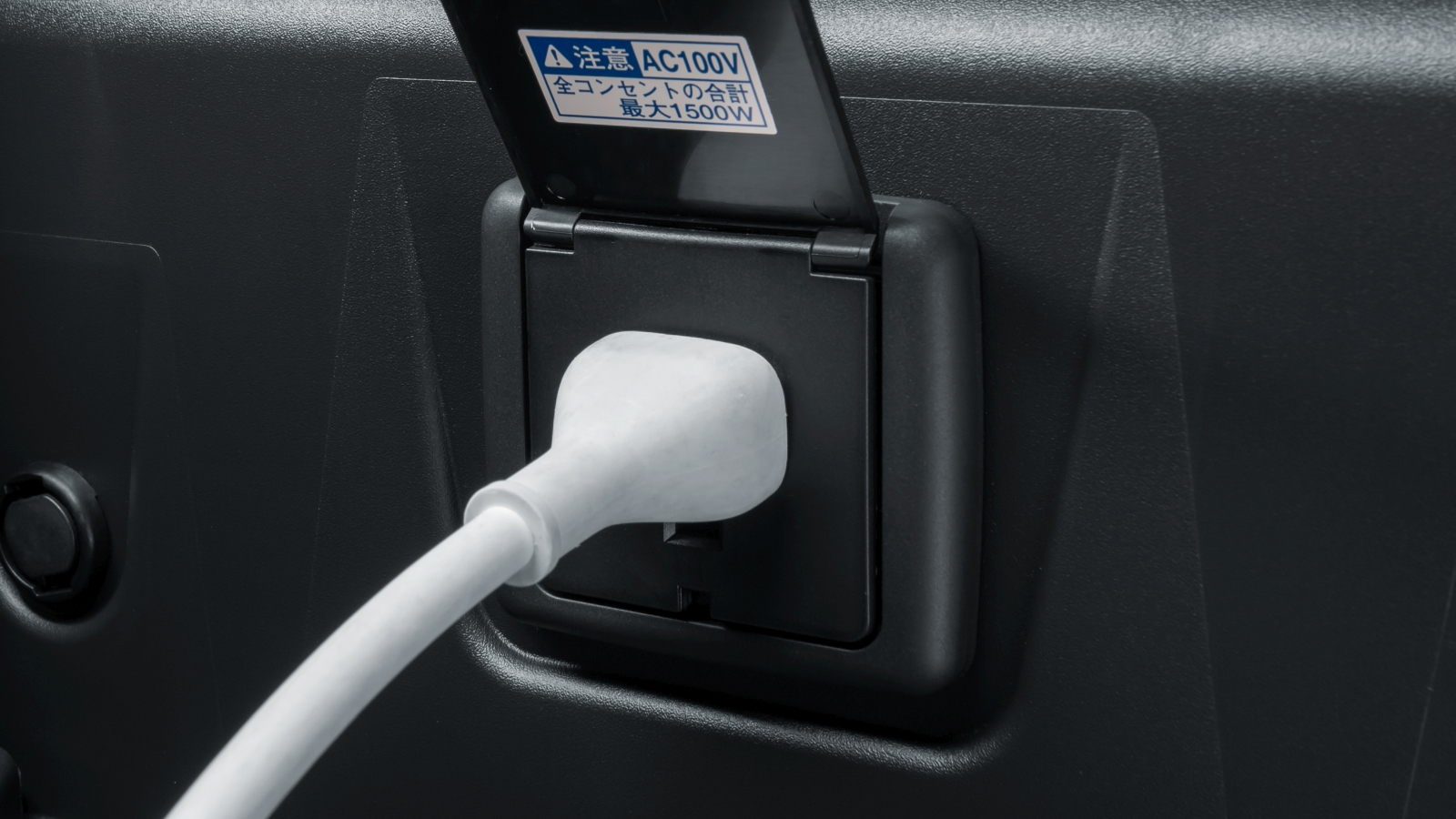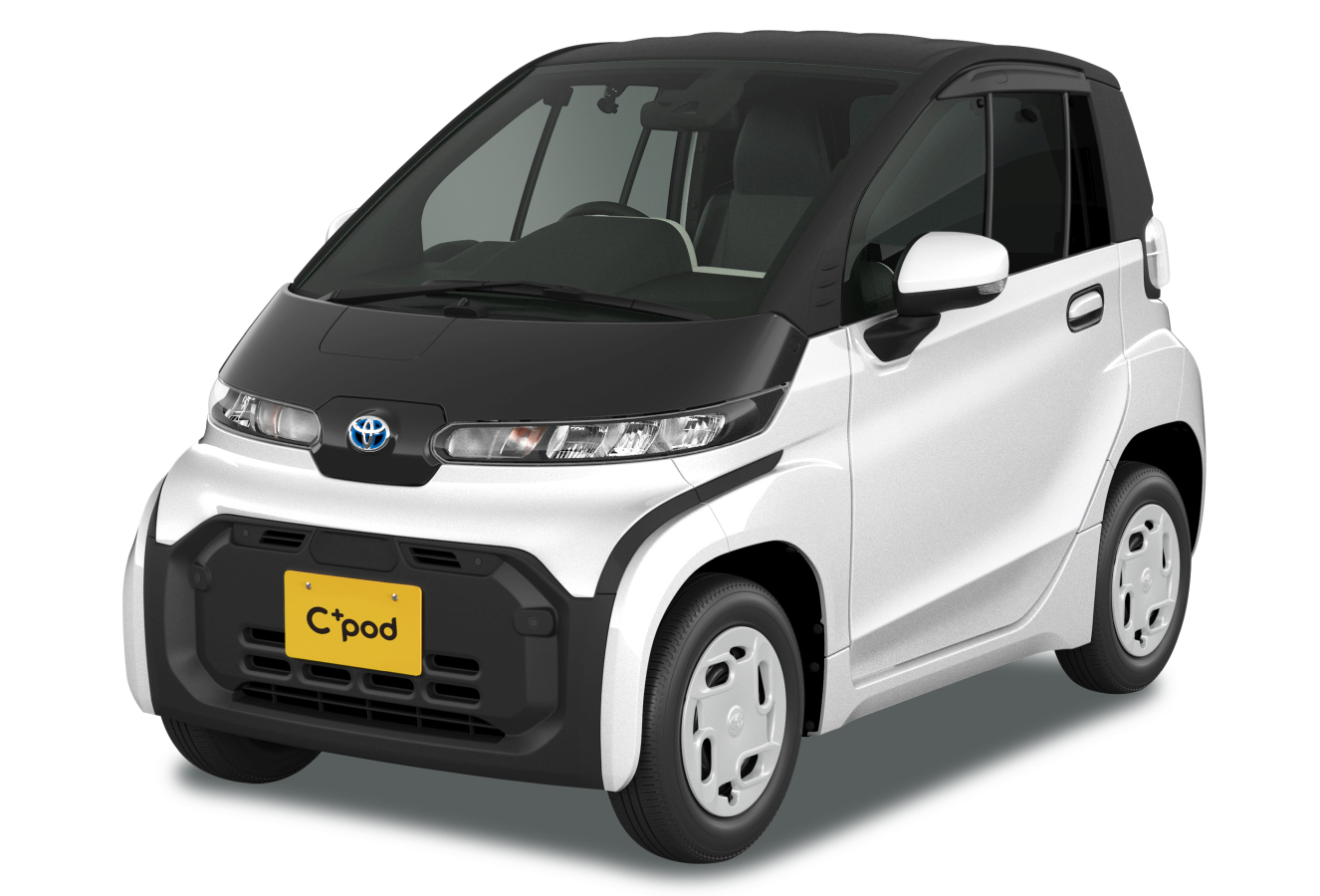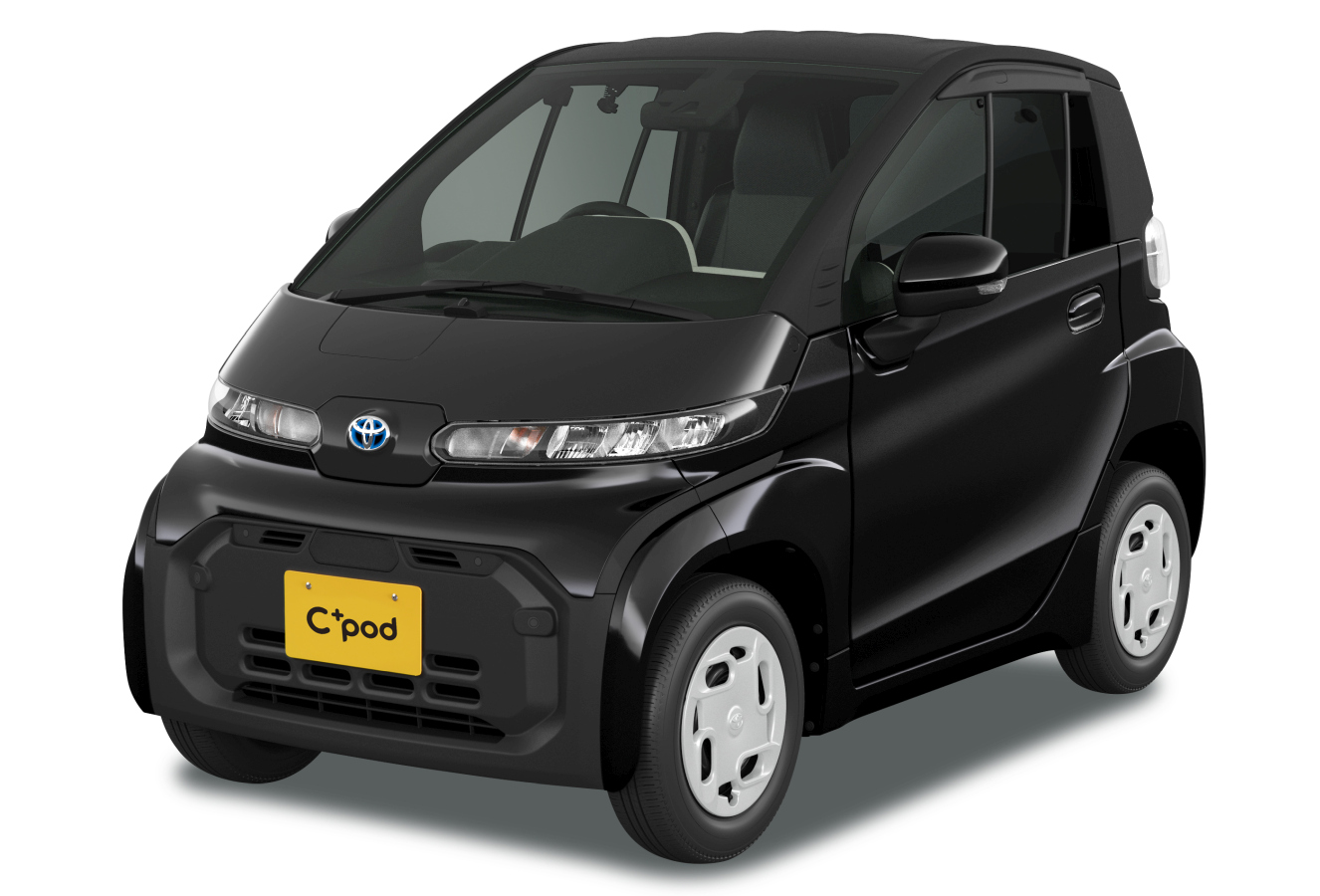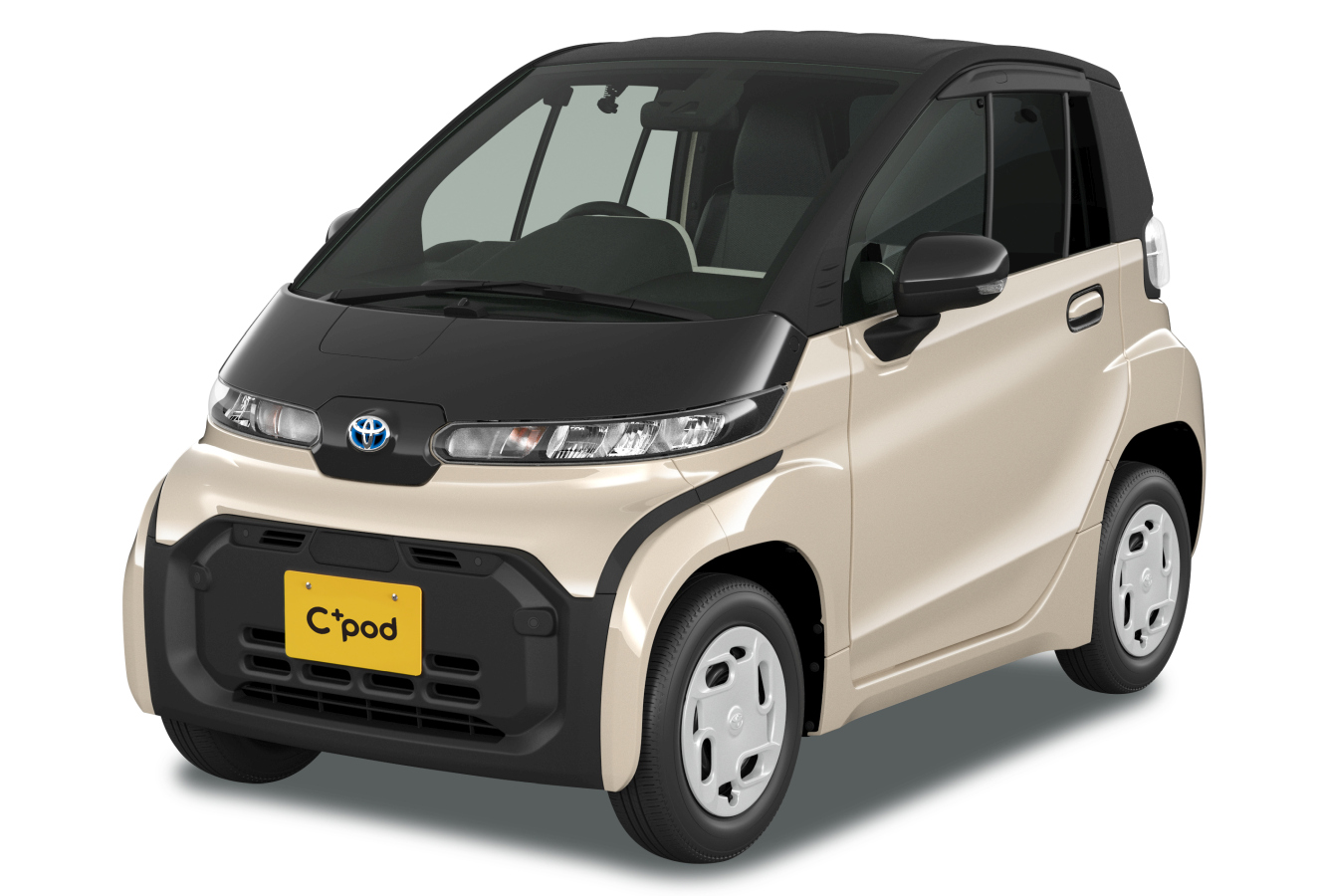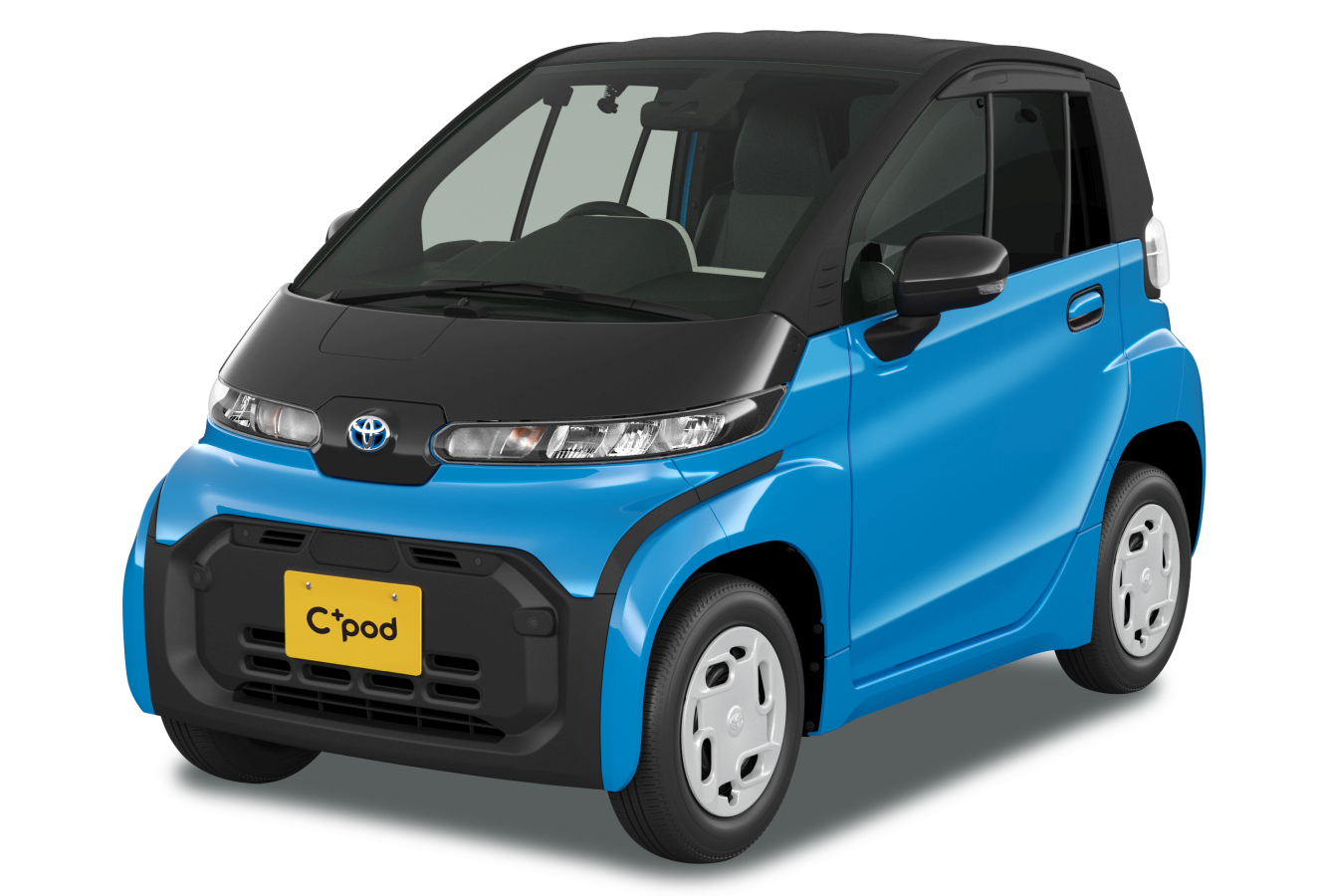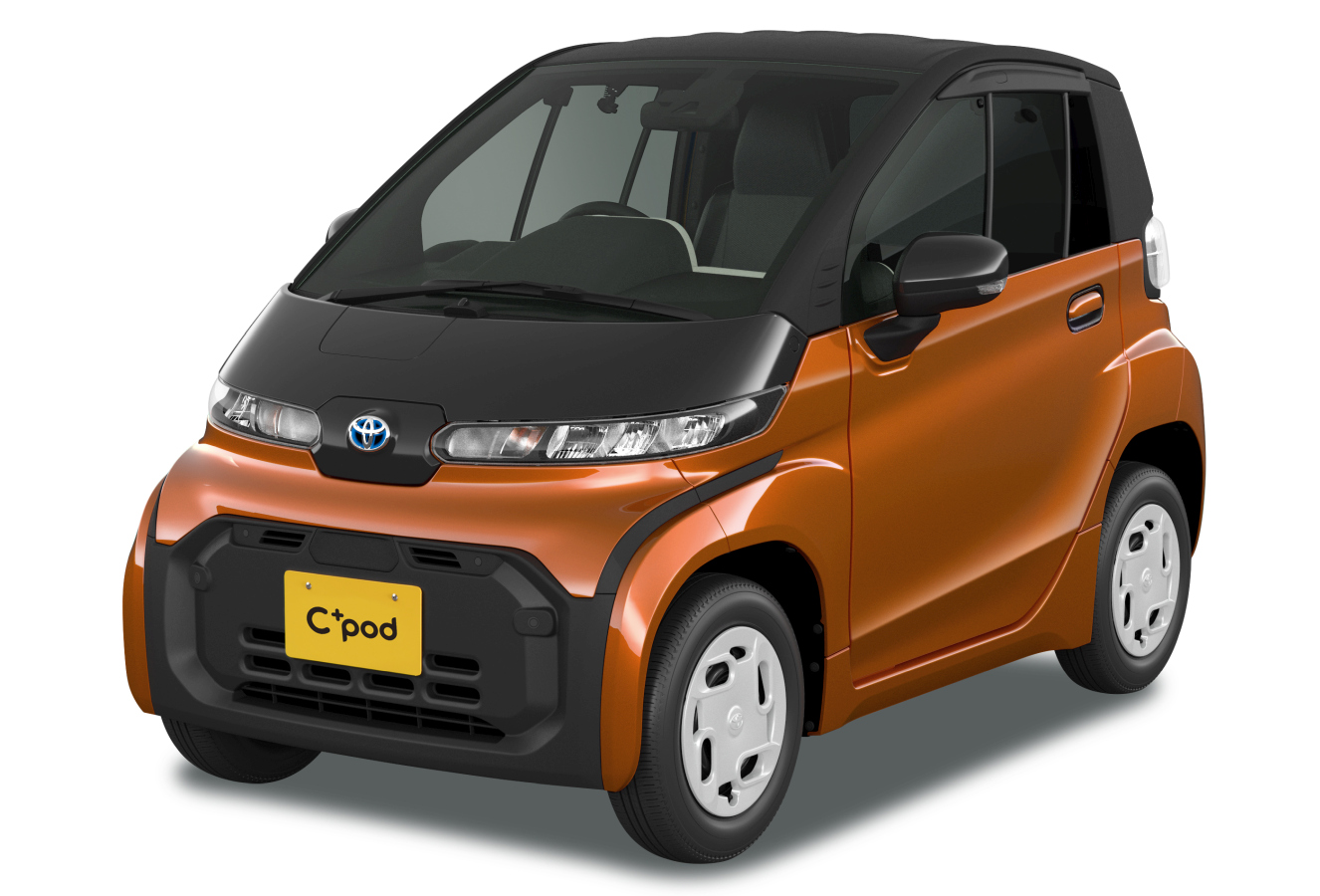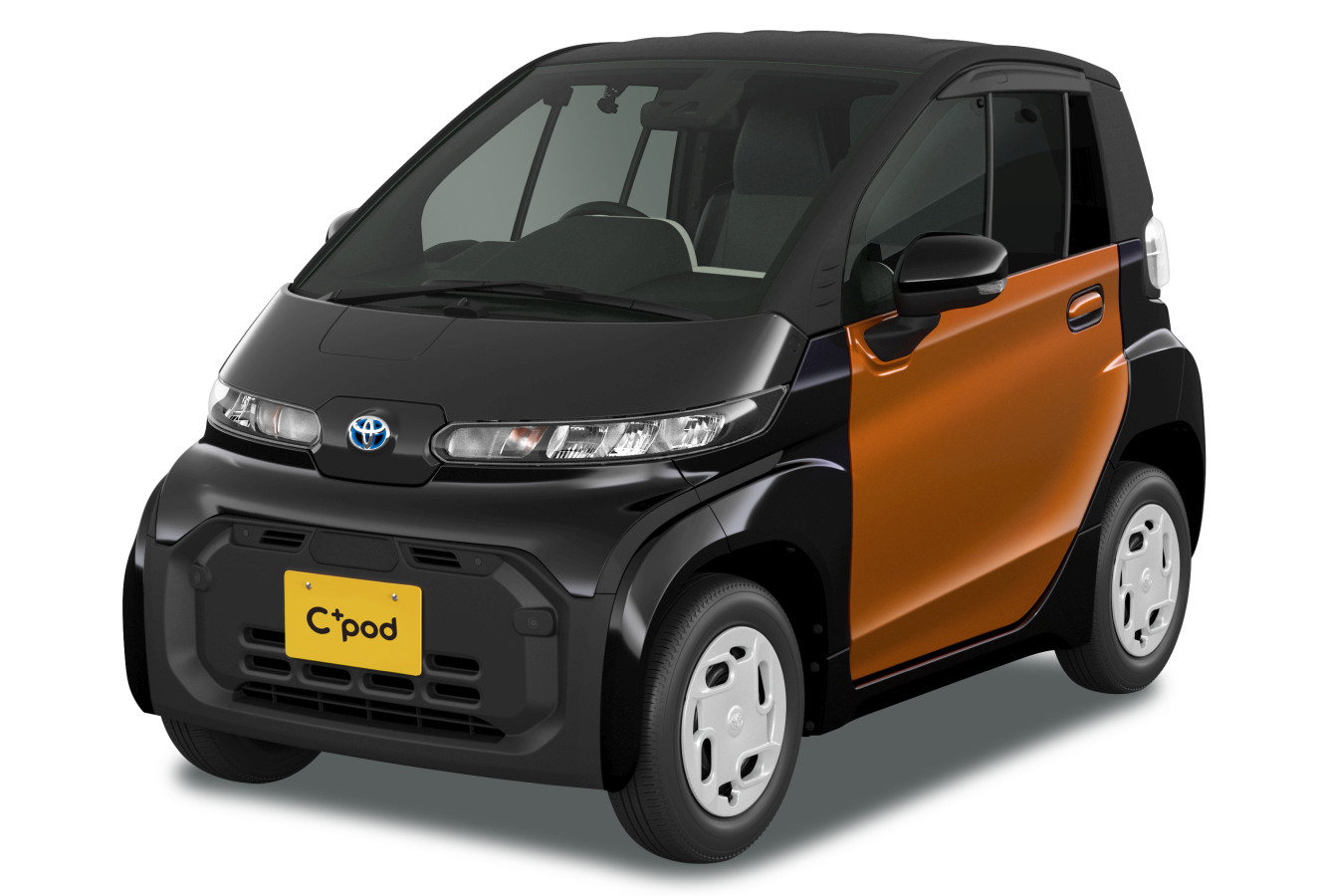Toyota has announced the limited launch of a new electric car in Japan called the C+pod, an ultra-compact electric vehicle (EV) that can accommodate two adults. The new model represents the automaker’s efforts to explore new options to drive the adoption of EVs.
According to the Japanese automaker, from 25 December 2020 the C+pod is open to “corporate users, local governments and other organisations that have been exploring new options to drive the popularisation of EVs”. Toyota said it has plans to conduct a full-scale of launch to individual customers by 2022.
The Tokyo-based company said the concept behind the C+pod is that it is small, environmentally friendly mode of transport that can be used for making short trips. The production of the EV is to take place at Toyota’s Motomachi Plant in Japan.
The compact body measures 2,490 x 1,290 x 1,550 mm (length x width x height). For context, that is 32% shorter and 20% narrower compared to the Perodua Axia. The carmaker said the EV has a minimum turning radius of 3.9m that enables it to navigate sharp corners on narrow roads while making it easier to manoeuvre into parking spaces.

Powering the vehicle is an electric motor that is said to deliver a maximum output of 9.2kW (12.34hp) and a peak torque of 56Nm to the rear wheels. The C+pod is rated to have a maximum range of about 150km on a single charge and has a top speed of 60km/h.
It draws its power from a 9kWh lithium-ion battery, located under the floor. The EV is said to support standard charging, with the provided charging cable users can connect directly to power outlets to recharge their vehicle. Toyota said the C+Pod takes 5 hours to fully recharge when charged at a 200V/16A charging point.
The interior cabin has a width of 1,100mm that is said to be enough for two adults to sit side-by-side. The instrument panel and other functional equipment are positioned above the centre console. Switches are also consolidated to the centre panel, placing it within easy reach for the driver.
In terms of safety features, Toyota did not specify the number of airbags the EV has. But based on pictures of the interior cabin, it appears the EV comes with at least two airbags in front. The company did however state the EV has a structure that “efficiently disperses and absorbs impact energy across multiple components.” This is said to ensure the safety of a frontal, side or rear collision as well as mitigate impact on pedestrians.
Toyota added that the EV has a pre-collision safety system that is said to be able to detect other vehicles and pedestrians. It also has an Intelligent Clearance Sonar with Parking Support Brakes that the automaker said helps drivers avoid collisions or mitigate damage with walls and other obstacles when driving in low-speed.
It is worth noting that the C+pod can also serve as power supply source with up to 1,500W (100VAC) available. Toyota said that this allows the EV to provide power during electrical outages and natural disaster. Users would be able to charge their devices via the accessory power outlet near the passenger’s feet.
There is also an optional vehicle power connector that can be plugged into a standard charging inlet at the front of the vehicle to be used as an external power supply socket. Toyota claims the car can supply power for up to about 10 hours. This is based on an estimate based on daily consumption of 10kWh for an average household consuming 400kW of electricity an hour.
As for pricing, the Toyota C+pod will come in two variants Grade X which costs JPY 1,650,000 (RM64,606) and Grade G which costs JPY 1,716,000 (RM67,190). It is puzzling to note that the two EVs are near identical in terms of specs but the Grade G is 20kg heavier than the Grade X.
While Toyota did not specify why this is the case, but we know that the Grade G has the option of five different two-tone body colour schemes, including a vivid Cyan Metallic and deep Orange Metallic. There are also three different three-tone colour options available for the cabin.
If you are curious on checking out the C+pod’s full spec, check the spec sheet below:


